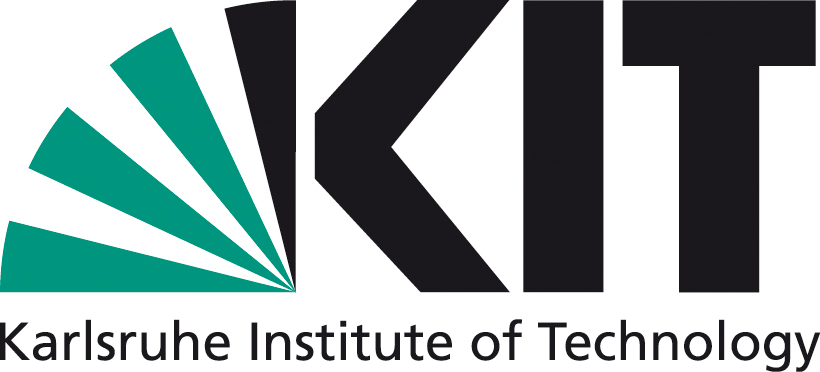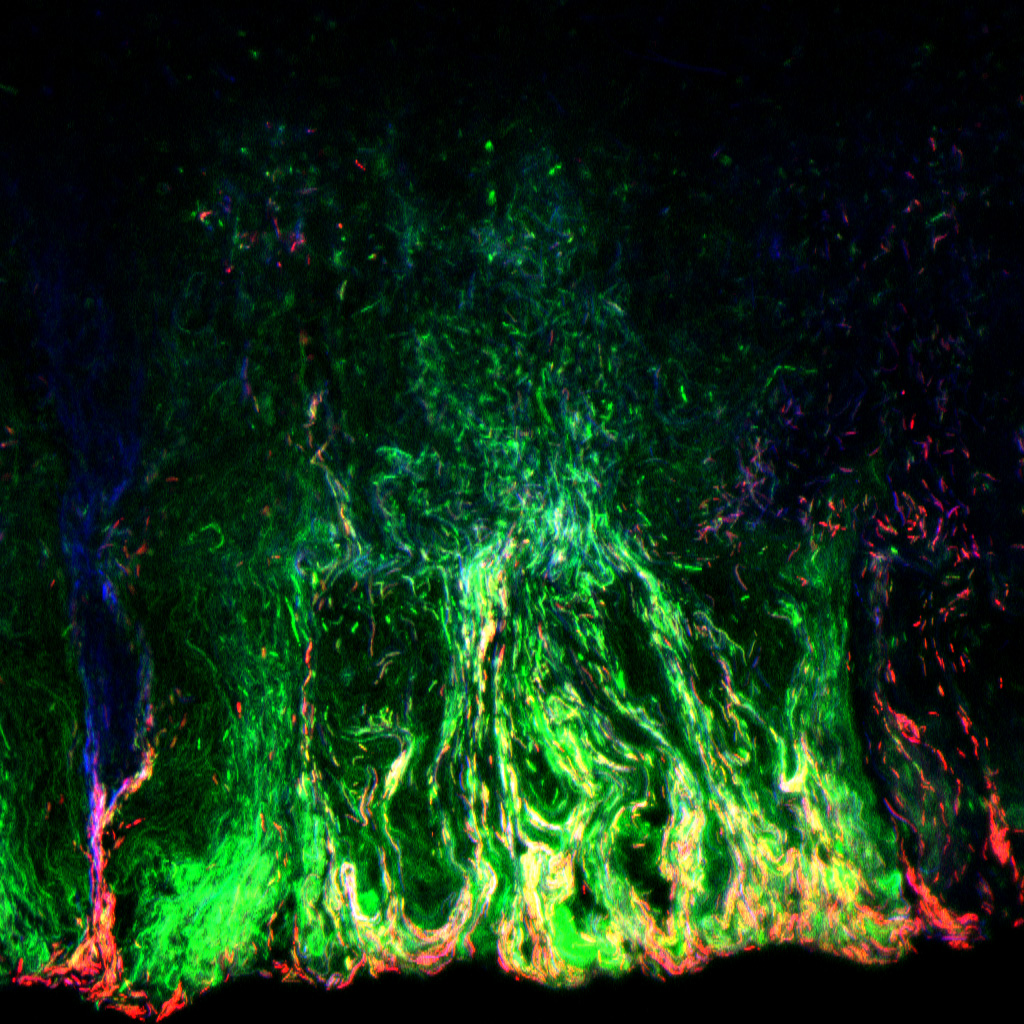
A broad range of developments in the field of bioconjugation, surface chemistry and protein engineering are aimed at applications in biosensors. Selected examples include nanoparticle-based test methods for protein detection, tailor-made enzymes and supramolecular DNA-protein architectures for the investigation of proteins and small molecule compounds, as well as genetically encoded biosensors for the investigation of cellular communities.
Selected References
- Hazarika, P., Ceyhan, B., Niemeyer, C. M. (2005) Sensitive Detection of Proteins Using Difunctional DNA-Gold Nanoparticles. Small 1, 844
- Meyer, R., Faesen, A., Vogel, K., Jeganathan, S., Musacchio, A., Niemeyer, C. M. (2015) DNA-Directed Assembly of Capture Tools for Constitutional Studies of Large Protein Complexes. Small 11, 2669
- Fruk, L., Kuo, C.-H., Torres, E., Niemeyer, C. M. (2009) Apoenzyme Reconstitution as a Chemical Tool for Structural Enzymology and Biotechnology. Angew Chem Int Ed 48, 1550
- Walter, H. K., Bauer, J., Steinmeyer, J., Kuzuya, A., Niemeyer, C. M., Wagenknecht, H. A. (2017) „DNA Origami Traffic Lights“ with a Split Aptamer Sensor for a Bicolor Fluorescence Readout. Nano Lett 17, 2467
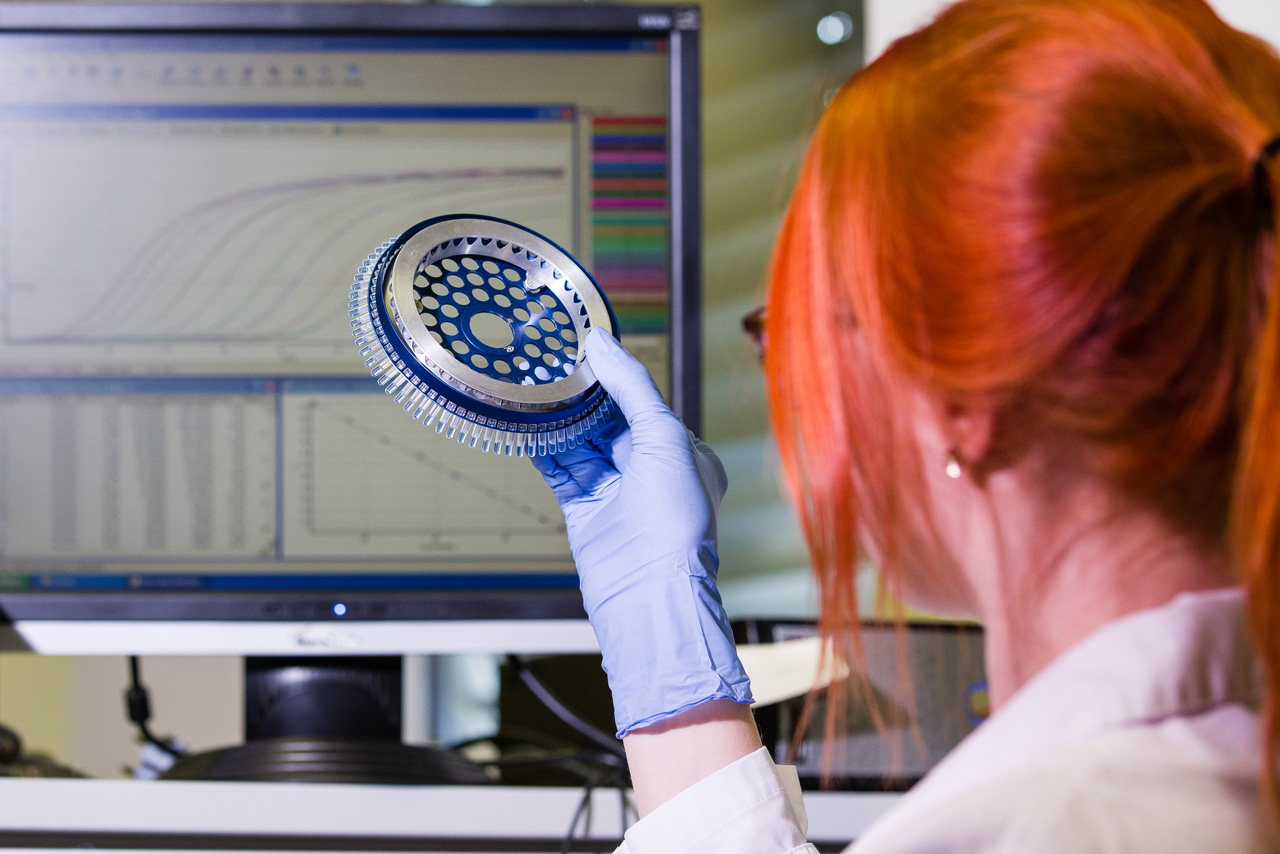
We have a long history of expertise in the development of platform technologies for multiplex immunoanalytics. In particular, we have developed semisynthetic conjugates consisting of DNA and proteins of use as reagents in Immuno PCR. This technique is a powerful bioanalytical method for the detection of minute amounts of proteins and other antigens. In order to commercialize this ultrasensitive diagnostics, the Niemeyer lab has founded a spin-off, which today as a contract research organization accompanies the biomarker analysis in the course of drug development campaigns. Further information can be found at CHIMERA BIOTEC , Dortmund.
Selected References
- Adler, M., Wacker, R., Booltink, E., Manz, B., Niemeyer, C. M. (2005) Detection of femtogram amounts of biogenic amines using self-assembled DNA-protein nanostructures. Methods 2, 147.
- Schroeder, H., Adler, M., Gerigk, K., Müller-Chorus, B., Götz, F., Niemeyer, C. M. (2009) A User Configurable Microfluidic Device for Multiplexed Immunoassays Based on DNA-Directed Assembly. Chem. 81, 1275.
- Niemeyer, C. M., Adler, M., Wacker, R. (2007) Detecting antigens by quantitative immuno-PCR (qIPCR). Protocols 2, 1918.
- Spengler, M.; Adler, M.; Niemeyer, C.M. (2015) Highly sensitive ligand-binding assays in pre-clinical and clinical applications: immuno-PCR and other emerging techniques. Analyst 140, 6175-6194
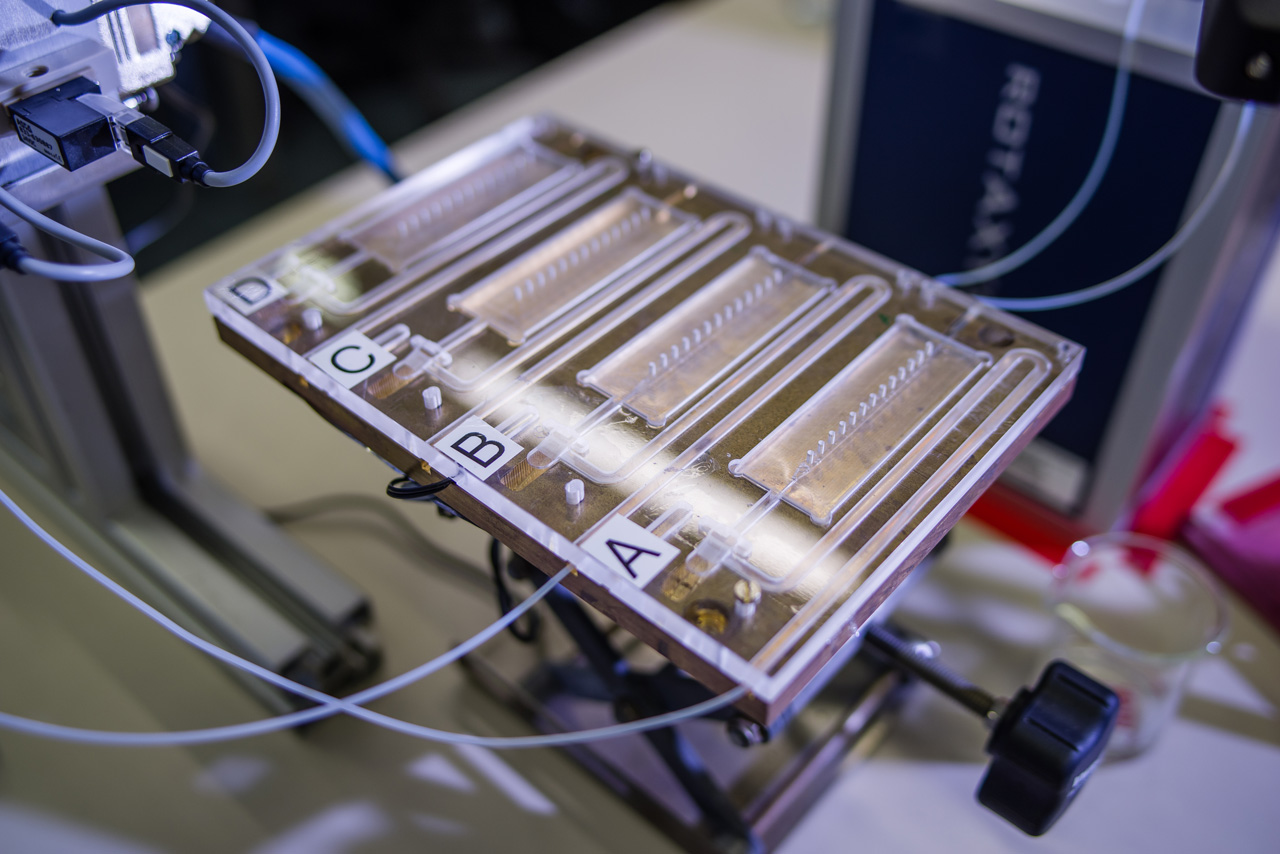
Based on our experience in bioconjugation and surface chemistry, protein engineering and microfluidics, we develop novel systems for industrial biotechnology. A particular focus is on so-called “flow biocatalysis”, in which enzymes or whole cells are immobilized in microfluidic bioreactors to enable the continuous production of valuable compounds. A special focus is on the development of new biopolymeric materials that can be used as highly efficient catalysts.
Selected References
- Rabe, K. S., Muller, J., Skoupi, M., Niemeyer, C. M. (2017) Cascades in Compartments: En Route to Machine-Assisted Biotechnology. Angew Chem Int Ed Engl 56, 13574.
- Peschke, T., Rabe, K. S., Niemeyer, C. M. (2017) Orthogonal Surface Tags for Whole-Cell Biocatalysis. Angew Chem Int Ed Engl 56, 2183.
- Peschke, T., Skoupi, M., Burgahn, T., Gallus, S., Ahmed, I., Rabe, K. S., Niemeyer, C. M. (2017) Self-Immobilizing Fusion Enzymes for Compartmentalized Biocatalysis. ACS Catalysis 7, 7866.
- Peschke, T., Bitterwolf, P., Gallus, S., Hu, Y., Oelschlaeger, C., Willenbacher, N., Rabe, K. S., Niemeyer, C. M. (2018) Self-Assembling All-Enzyme Hydrogels for Flow Biocatalysis. Angew Chem Int Ed 57, 17028
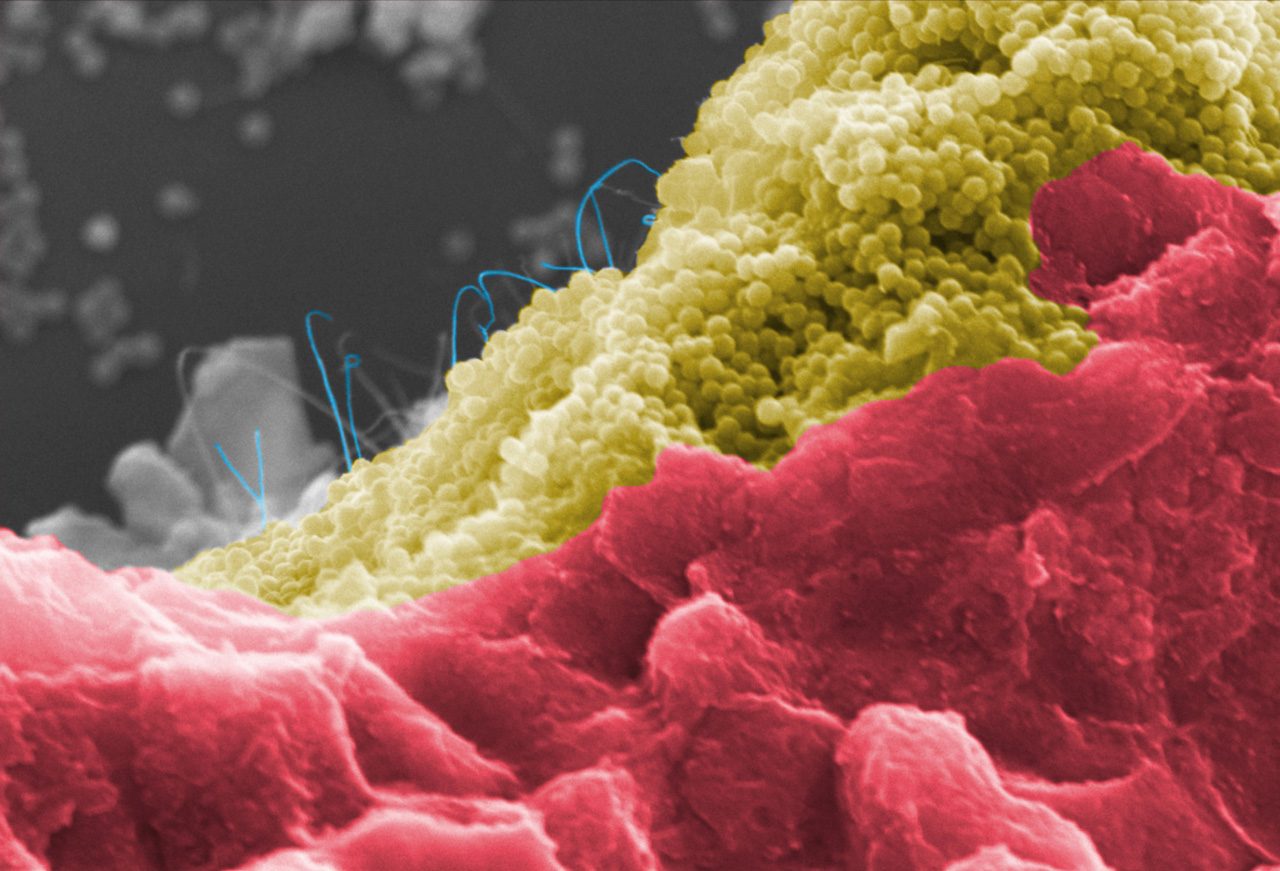
We use tools from chemistry, biology and engineering for the development of the next generation of functional biohybrid material systems. Our working hypothesis is that artificial materials and biological systems must be intimately hybridized with each other to achieve novel devices for a resource-saving and sustainable economy for the future. For this purpose, material systems must be developed that are not only biocompatible but also bioinstructive and interact with biological matter on length scales form the micrometer down to the nanometer scale. We believe that DNA-based materials will play a key role in this endeavor.
Selected References
- Giselbrecht, S., Rapp, B. E., Niemeyer, C. M. (2013) The chemistry of cyborgs-interfacing technical devices with organisms. Angew Chem Int Ed Engl 52, 13942
- Niemeyer, C. M., Bastmeyer, M., Braese, S., Lahann, J., Wöll, C. (2018) White Paper on the Biologization of Materials Research. Preprints 2018120329
- Schneider, A.-K., Niemeyer, C. M. (2018) DNA Surface Technology: From Gene Sensors to Integrated Systems for Life and Materials Sciences. Angew Chem Int Ed 57, 16959
- Hu, Y., Niemeyer, C. M. (2019) From DNA Nanotechnology to Material Systems Engineering. Adv Mater 31, e1806294
